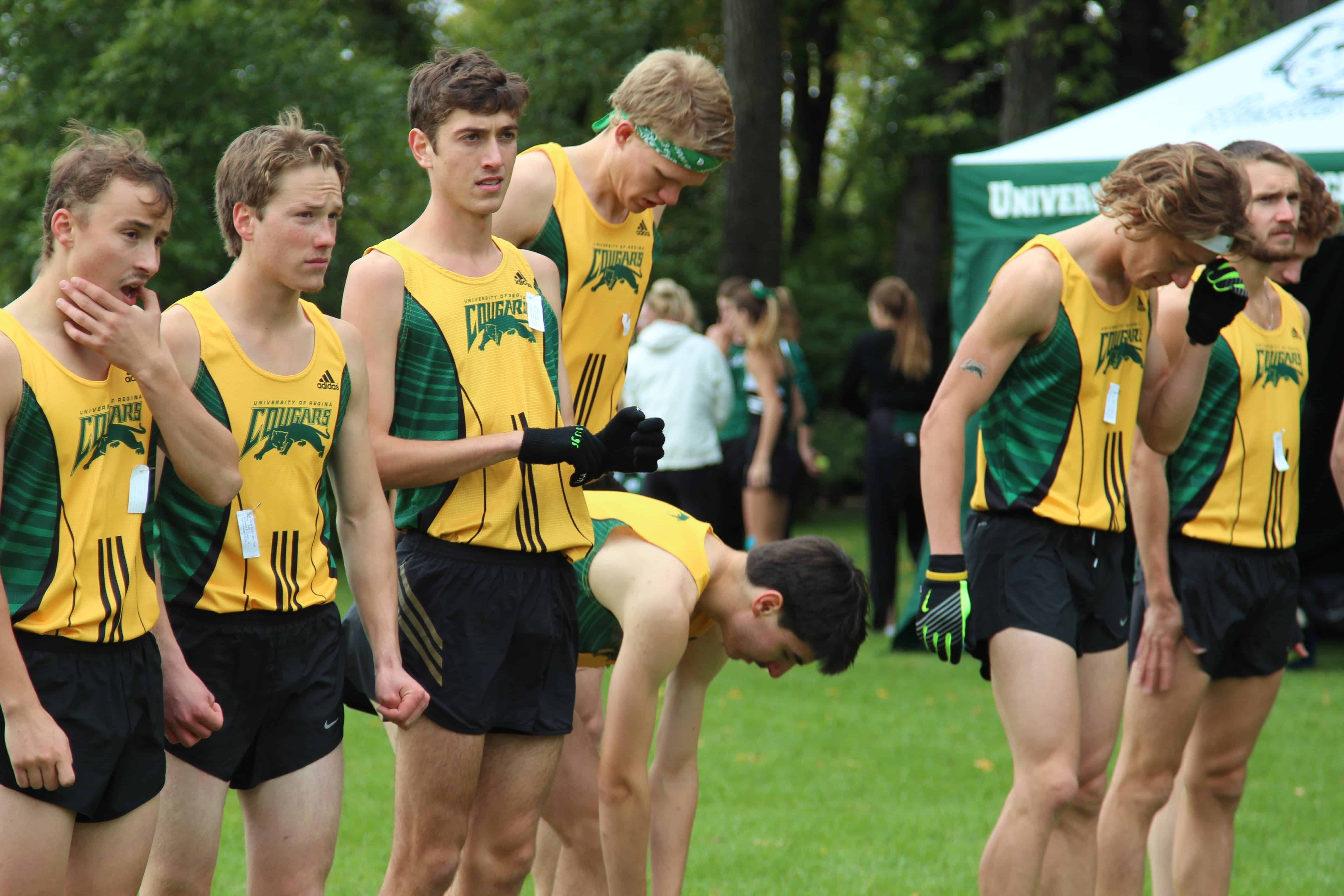How to teach art in a pandemic

Watercolors and easels and … Zoom?
Shelly Mooney, an art teacher at Robert Southey School in Southey, Saskatchewan, first heard the school would be going remote due to COVID-19 when students started talking about it. Faculty had received no prior warning from the Saskatchewan Teachers’ Federation or their division office before the press conference that announced the closures, and had roughly a week and a half to completely alter their programs and curriculum to suit the new system.
For primary and secondary schools, mandatory work for art courses was tossed out the window. Some teachers, Mooney among them, were able to post assignments online that students could attempt, but the assignments had no impact on students’ grades unless they showed a high enough level of understanding to improve their grade.
“Several of my colleagues across the province (particularly music teachers) were not allowed to post any music/dance assignments,” said Mooney, “but were actually re-assigned to do other things such as guided readings with small groups.”
One of the biggest challenges for Mooney and many other teachers was learning how to use the technology necessary to offer this emergency learning. The activities presented to students had to be visually engaging, be clear enough the students are able to understand with minimal aid, and promote creative expression while also meeting the requirements of the curriculum – a tall order.
A number of families criticized the remote learning systems that were quickly put in place, comparing them to other distanced education programs, which doesn’t take into account the fact that the teachers and professors had no time to trouble-shoot these programs before they had to be rolled out.
“Distance learning teachers are trained on how to effectively use technology and the classes are geared to that format,” Mooney pointed out. “We were not trained. In our school, each teacher worked on their own to discover what worked best for them. This situation was not distance learning; it was not home schooling; it was teachers providing emergency learning opportunities for parents to give to their children if they chose to.”
In addition to primary and secondary schools, post-secondary courses were also moved to online programs if they continued at all. For visual arts students and professors at the University of Regina, things came to a grinding halt.
“Coming into the studio and using the equipment and material was over the day campus shut down.” said Robert Truszkowski, an associate professor at the University of Regina.
The students in his introductory classes didn’t have enough knowledge of processes to complete their works at home, and the intermediate and advanced students didn’t have the equipment at home to be able to finish their projects.
Risa Horowitz, the Department Head for the Visual Arts Department and an instructor for courses on digital imaging and photo-based media, also had to stop her courses, and was only able to grade students on the work they’d produced up to March 16th. She says a main benefit of the visual art courses offered by the University is the personal relationship and rapport built between professors and students throughout the semester.
The method of teaching in any art course is highly collaborative, and that collaboration simply wouldn’t be the same in an online course. Professors wouldn’t be able to correct techniques as they watch someone work on their project and students wouldn’t be able to offer each other constructive criticism to better each other, creating a mounting concern that the fall art classes to be offered via remote learning will lack some of their most defining and beneficial features.
On a more comforting note, Truszkowski said he likes to teach his classes that “Art isn’t easy to begin with, and making a life out of it will never be one success after another.” This philosophy had a visible impact on the graduating students who, in light of their graduation exhibitions being canceled, created a website to share their works with loved ones and the general public.
Truszkowski said it was a big silver lining on the situation to see these students – many of whom he’d taught for years – work through their grief and spring into making the best of the situation rather than sinking into apathy.
Our education system was not prepared for a pandemic, and unfortunately it’s a situation that may occur again, so the current pressing question is how to best adapt for the future. Mooney’s suggestion is to have school divisions “prepare what platforms are used at certain grade levels, and have teachers utilize them (even occasionally) in their regular classroom teaching so that students and parents are already familiar with using them.”
Whether next semester’s classes are taking place in classrooms, studios or kitchen tables, everyone involved will need to draw on their reserves of adaptability, planning skills, and creativity to make it happen. Good thing we learned those skills in art class.










[…] few months back I penned a piece on what it looked like for teachers and professors to continue teaching art during the initial […]